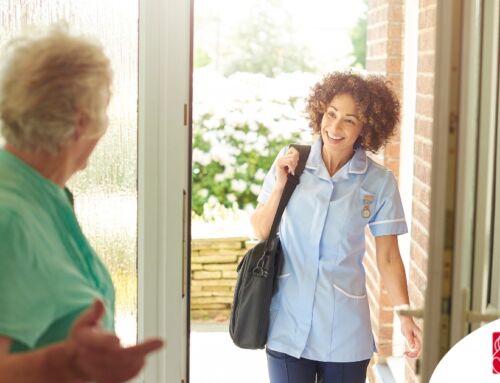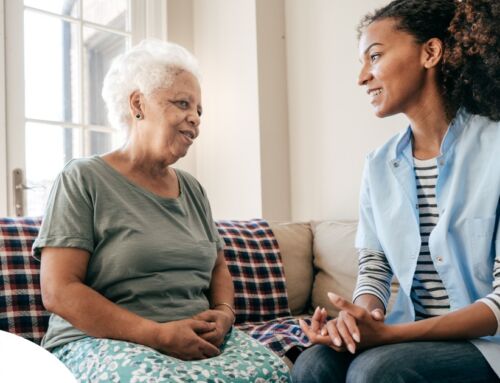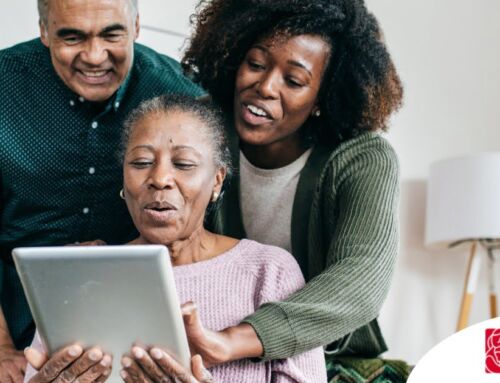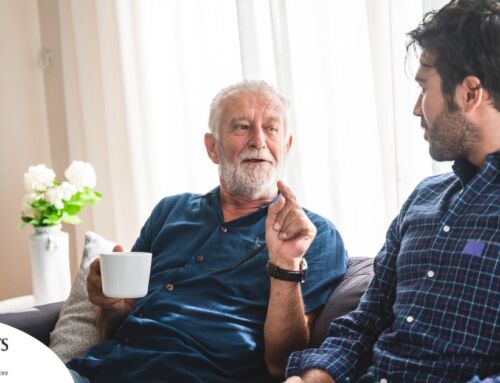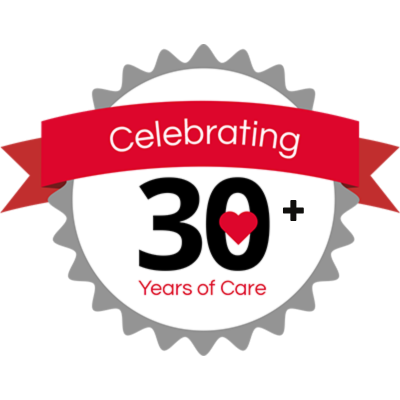One doesn’t have to be older to have balance issues. While younger people can suffer from balance problems, it is much more commonly found in the older population. Balance and strength challenges often go hand in hand, or rather foot-in-foot.
Balance and Age
Balance issues usually start showing up between 40 and 50 years of age. Why does our balance seem to get worse the older we get?
The Inner Ear
The inner ear, where balance is perceived (and is the system connected to the brain to regulate balance and correction control) actually ages as the rest of our bodies age. As we grow older, the cells in this portion of the inner ear can die off and this can affect not only our balance, but our ability to correct ourselves when we trip or fall.
General Eyesight
As we age our eyesight is affected and these changes affect our depth perception and how we see contrast in our surroundings.
Medications
Many medications can interfere with balance and cause lightheadedness or dizziness.
Blood Pressure
Even in young people, changes in blood pressure , such as when we rise or stand quickly, can lead to dizziness or fainting spells.
Medical Conditions
Medical conditions such as migraine, arthritis and cardiovascular disease can adversely and directly affect balance.
How to Increase Strength for Better Balance
Before attempting any of these, remember safety is critical. Speak with your doctor before starting any new exercise routine and it may be wise to have someone in the home while you perform these exercises.
Walking
Walking, especially with a specific heel-to-toe stride improves the muscles in your legs and repetition over time will strengthen the muscles in your legs. Stronger legs muscles means better balance.
Carefully step one foot in front of the other, with the heel of the front foot directly in front of the toe of of the other foot. Practice regularly for 10 steps at a time.
Stand on One Foot
This exercise is good for beginners or people who aren’t light on their feet naturally. Standing facing a chair or counter, lift one foot of the ground and stand in that position as long as is comfortable. Alternate feet and repeat. Perform this exercise a number of times a day.
Marching
This exercise can be done while standing next to a counter. Place one hand on the counter for stability then raise one knee up as high as you can. Lower it, then repeat on the other side, not stopping if possible. Perform a set of 20 daily
Overall Exercises Routines for Better Balance
Yoga. Yoga is gentle and can increase stamina, flexibility and overall physical health. Many gyms and health care facilities have yoga classes for seniors that not only are more senior-centric, but of course, are also supervised by skilled staff.
Tai Chi. Tai Chi is a moderate and subdued flow of poses that research shows has been linked to increased physical stability and reducing the risk of falls by up to 45%. Tai Chi classes can often also be found outdoors during good weather.
If you’re interested in doing more research on your own, there are some terrific books on balance in the later years, that can be found here.
Increasing strength and stability over the years, especially as we age is important, not just for reducing the risk of falls. Having healthy joints and strong muscles promotes better overall physical health.
Do you have questions about how you can better support your loved one while they age in place in South Florida? Please contact CareGivers of America here: Contact or call us toll free: 800-342-4197
*This post is not sponsored, but may contain external links to product examples. Product links are used for example purposes only and these links do not indicate specific product endorsement by CareGivers of America.

